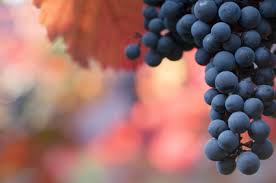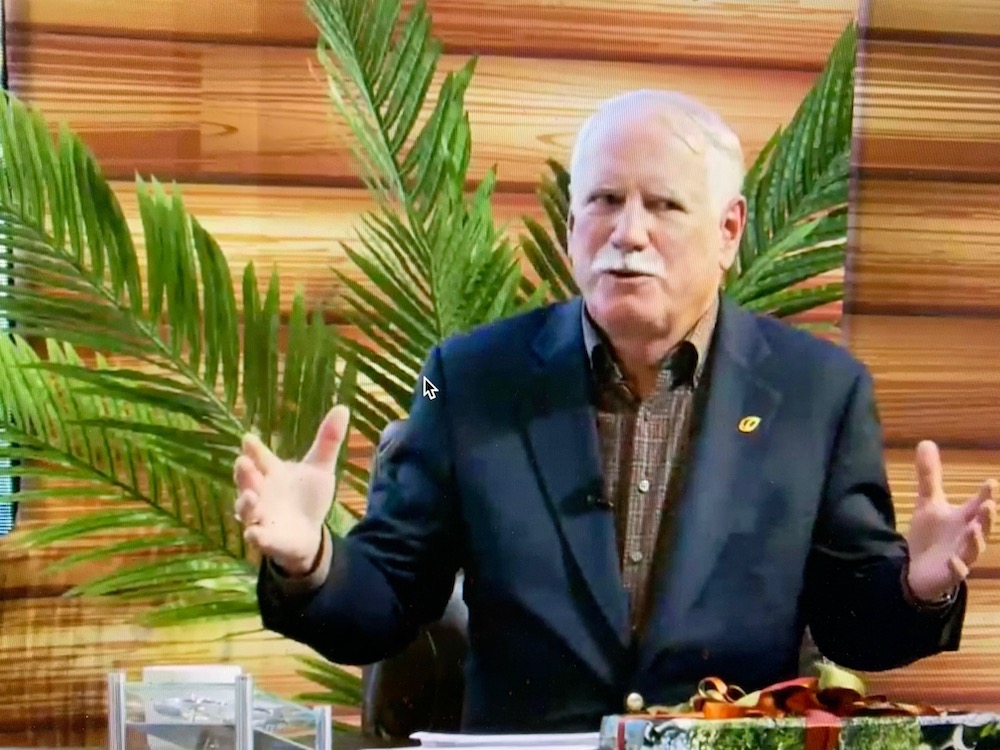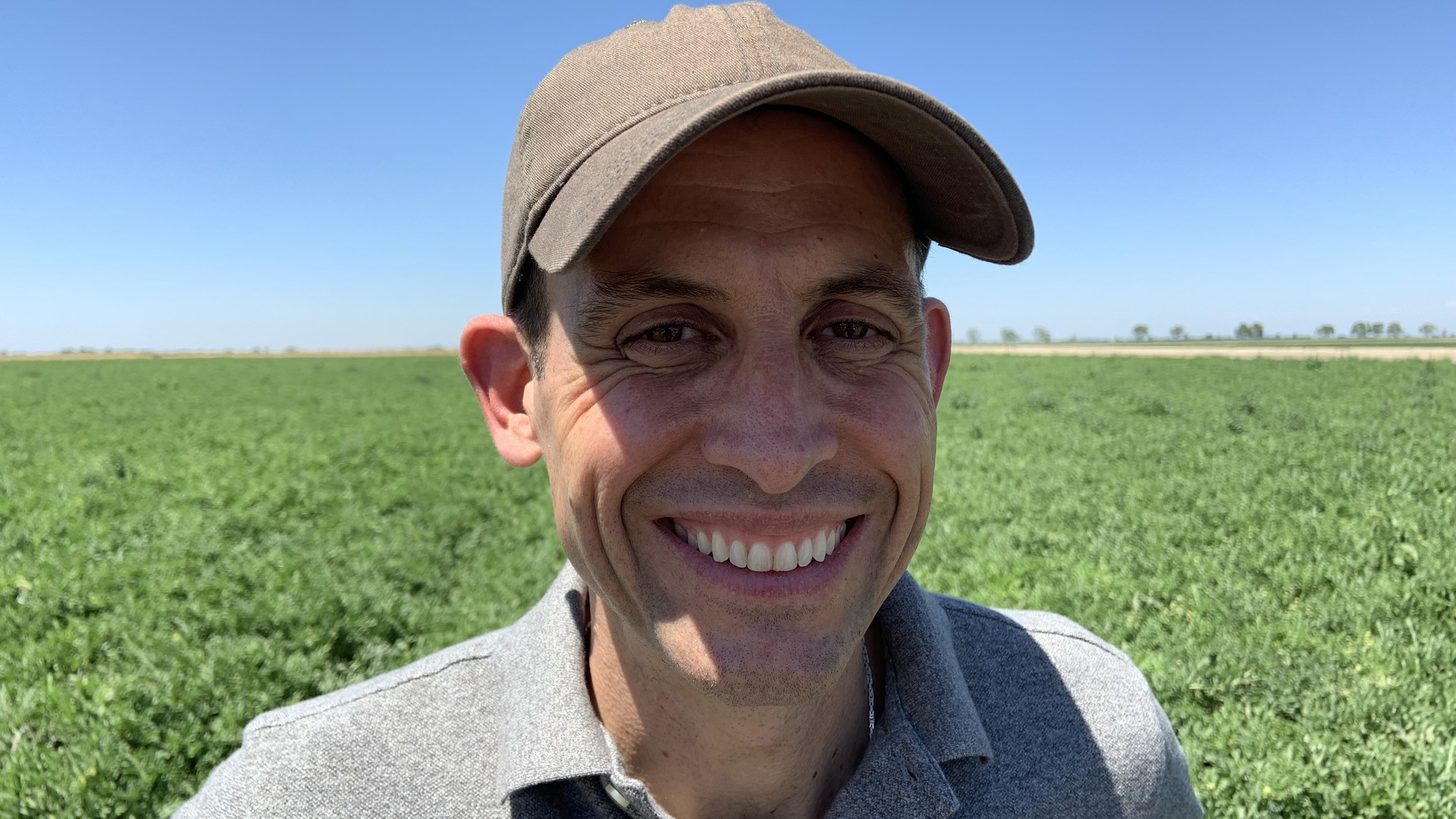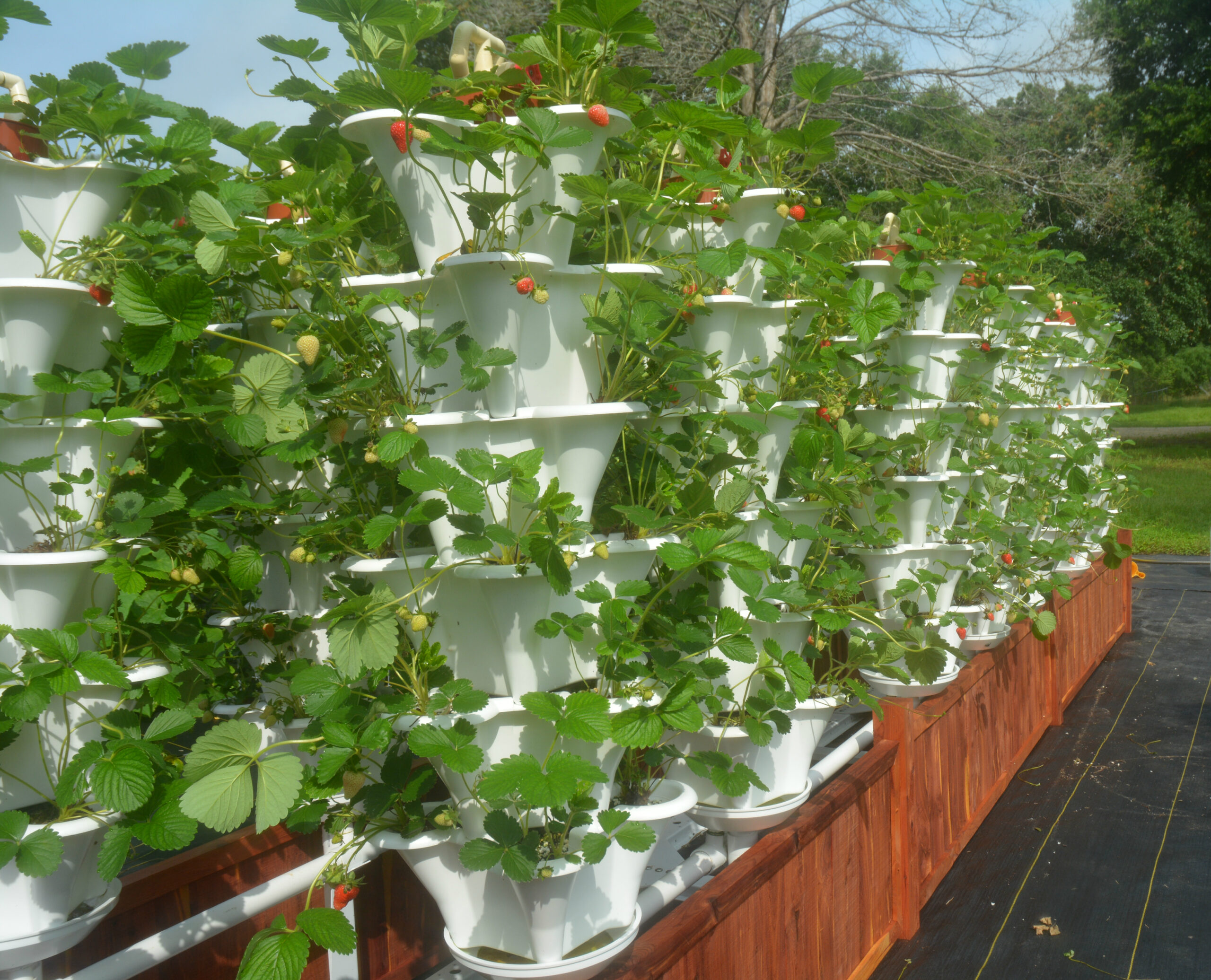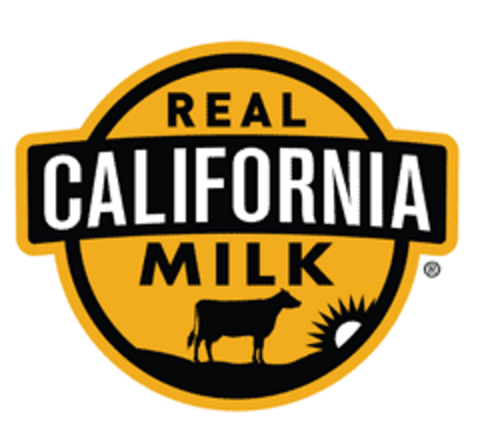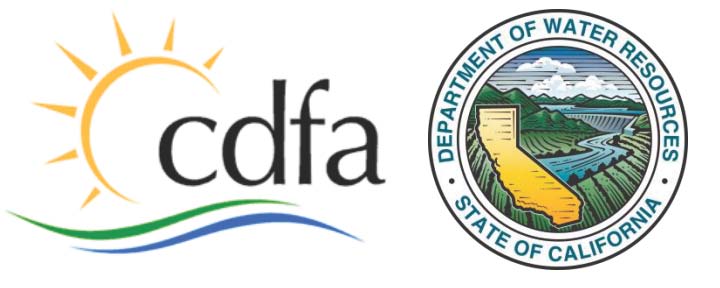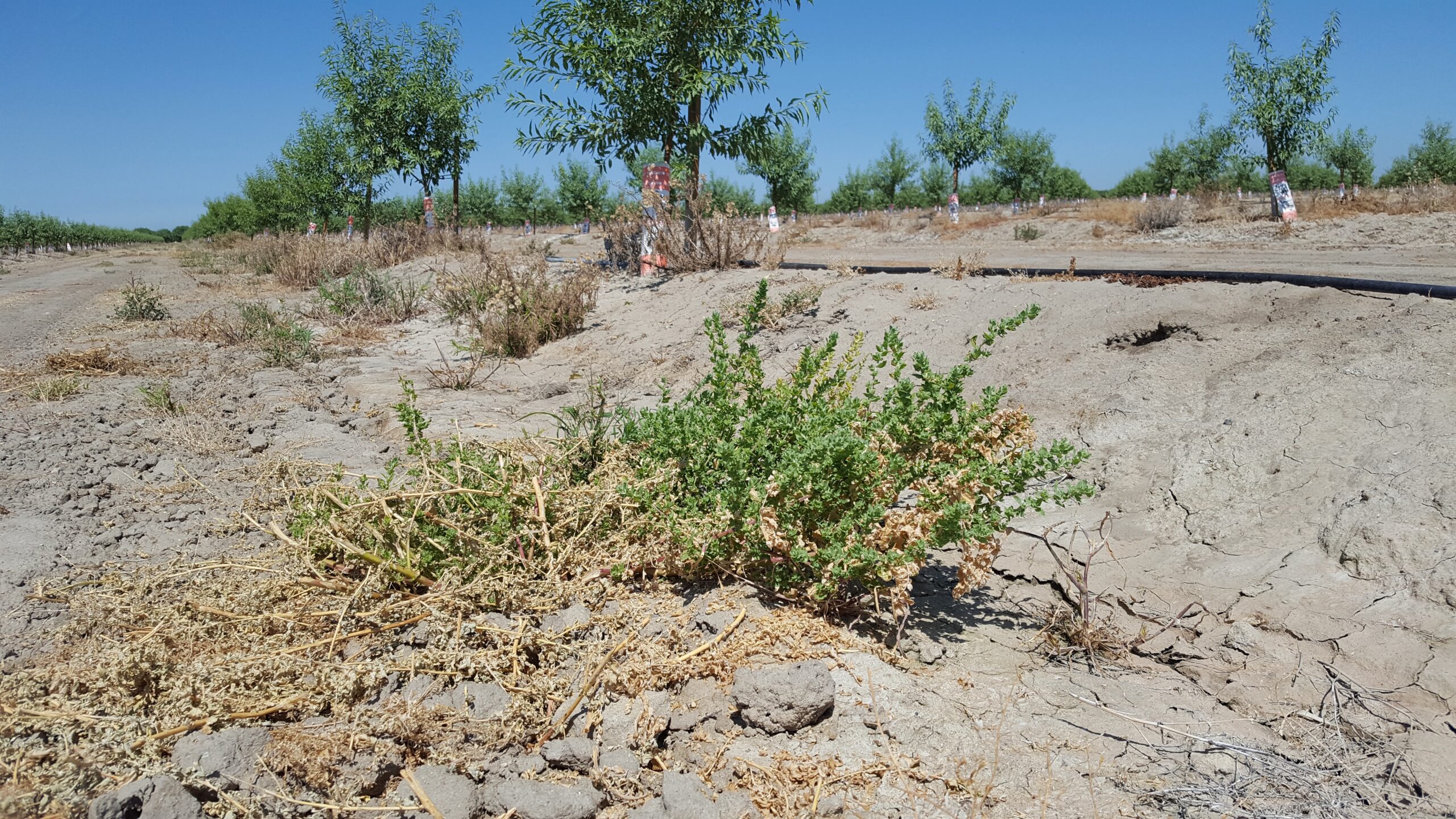Technology Helping Calif. Wineries Thrive
Technology is Paving the Way for Better California Wines
By Erica Smith, California Ag Today Contributor
California makes great wine every year. In fact, the state is the world’s fourth-largest producer of wine. Eighty percent of American wine is produced in California. Many of the most coveted wines are made in California. As such, when it comes to innovations in winery and grape harvest, California also has that handled.
Here’s how technology is helping California create better wines.
Drones
One of the first drones to hover over Californian vineyards was seen above the Santa Lucia Highlands in 2016. It’s the location of the Hahn Estate Winery. Equipped with multispectral sensors, the drone monitored the vineyard’s health, gathering data in aspects like canopy cover, temperature, and moisture. And they’ve long since improved their drones’ capabilities, as they can now analyze pathogens and yield estimates. In recent months, other vineyards like Bennett Valley and Jackson Family Wines have begun to adopt drone technology as well.
Mechanized Vineyards
Humans are able to discern which grapes are ripe enough for the picking. However, mechanized vineyards can also do this to an extent, and without the added labor costs. With the vintner’s knowledge on optimum ripeness (which tools like drones can help them arrive at), they can order the mechanized picking of their grapes. Wilson Vineyards in Clarksburg does this and even found that the hot weather didn’t affect their yields as much. This is because the machines can harvest at night when it’s cooler, giving the grapes a more pleasant taste.
Self-Driving Tractors
Self-driving vehicles don’t just belong on the public roads. The world’s first autonomous electric tractor is proof of this. This smart vehicle can be trained to plow, cultivate, and fertilize vineyard areas automatically. And since it’s automated, the cultivation is more standardized. It’s taught and controlled via an app until it eventually remembers the patterns. Monarch Tractor, the Californian startup responsible, is starting production and releasing it to the market next year.
Incidentally, these technologies are not only boosting the quality and production of existing vineyards—but they’re also encouraging aspiring vintners to invest in their own winery. As mentioned, between staff training and the number of people needed to harvest quality grapes, labor is one of the biggest expenses involved in launching and operating a vineyard. In fact, startup costs range from $560,000 to over $2 million, making the industry intimidating to those just starting out. Fortunately, while machines do require a big initial cost, their efficiency saves vintners more in the long-run.
Similarly, with state vineyards being significantly affected by droughts, wildfires, and the COVID-19 pandemic, technology’s subsequent boosts in business, productivity, and savings are more important than ever. For example, a mechanized harvested vineyard can also help vintners quickly harvest their grapes before a big storm hits.
Overall, even with more competition, the quality wines produced by California vintners is allowing them to increase their presence in the global wine industry.

